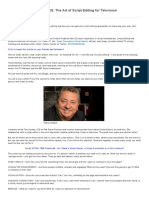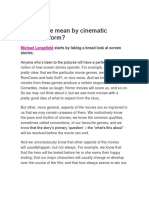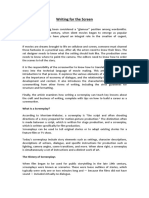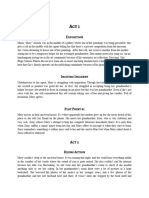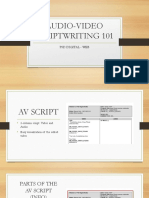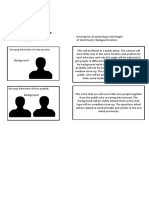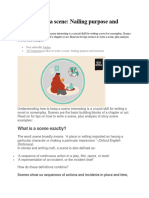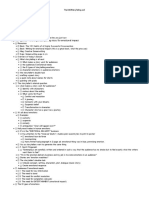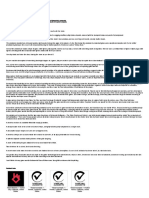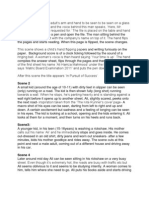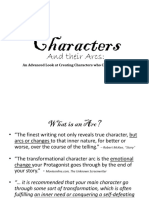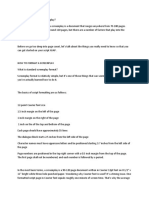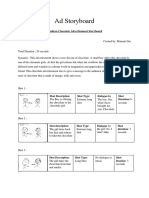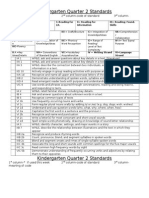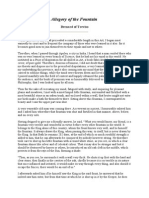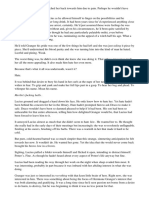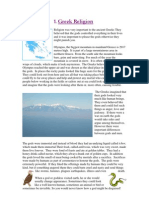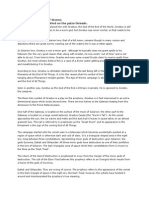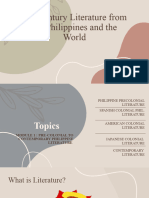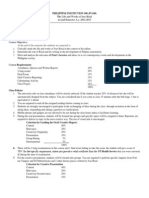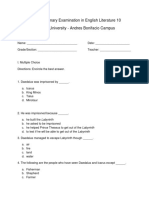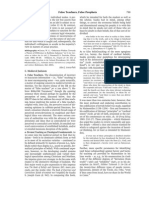100% found this document useful (1 vote)
2K views9 pagesSleepless Historian
The document outlines a creative project for generating YouTube video titles and a script for a historical storytelling series. It emphasizes a soothing, humorous tone and requires diverse historical topics while adhering to specific formatting and content guidelines. Additionally, it includes instructions for creating visual prompts and thumbnail art for the videos.
Uploaded by
Muhammad UsamaCopyright
© © All Rights Reserved
We take content rights seriously. If you suspect this is your content, claim it here.
Available Formats
Download as DOCX, PDF, TXT or read online on Scribd
100% found this document useful (1 vote)
2K views9 pagesSleepless Historian
The document outlines a creative project for generating YouTube video titles and a script for a historical storytelling series. It emphasizes a soothing, humorous tone and requires diverse historical topics while adhering to specific formatting and content guidelines. Additionally, it includes instructions for creating visual prompts and thumbnail art for the videos.
Uploaded by
Muhammad UsamaCopyright
© © All Rights Reserved
We take content rights seriously. If you suspect this is your content, claim it here.
Available Formats
Download as DOCX, PDF, TXT or read online on Scribd
/ 9




